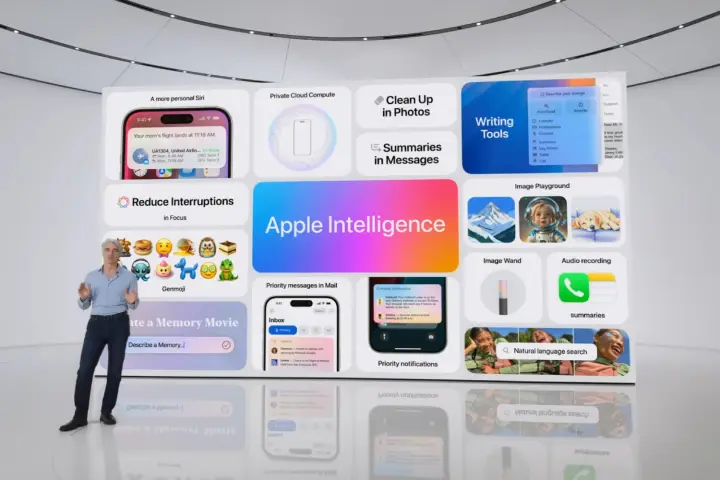Apple’s Mac lineup has seen a noticeable slowdown in hardware updates in recent years. The MacBook Pro’s design has remained largely unchanged since 2021, while the Mac mini has seen minimal alterations since 2020, and the Mac Pro has retained its look since 2019. This deliberate deceleration in hardware refresh cycles reflects Apple’s strategic shift towards prioritizing durability and longevity in their devices.
Unlike some competitors whose hardware designs quickly become outdated, Apple’s meticulous approach ensures that their products endure beyond initial release cycles. This longevity translates into devices that continue to perform well over time, reducing the urgency for frequent hardware upgrades. While this is advantageous for consumers seeking durable and reliable devices, it poses a challenge for Apple in terms of maintaining excitement and driving new sales.
Apple’s emphasis on durability is underscored by recent reports highlighting the company’s commitment to extending the lifespan of its products. This commitment, which favors longevity over repairability, aligns with broader sustainability goals but raises questions about how Apple will stimulate consumer interest in upgrading to new hardware models.
In response to the slowing pace of hardware innovation, Apple appears to be pivoting towards enhancing software capabilities as a primary driver of product differentiation and consumer engagement. The integration of Apple Intelligence, or AI, into its ecosystem represents a pivotal strategy in this shift. AI promises to revolutionize user experiences by offering advanced features such as personalized recommendations, enhanced productivity tools, and intuitive interactions across Apple devices.
At the core of Apple Intelligence’s potential lies its ability to augment everyday tasks and workflows seamlessly. Imagine AI-powered features that anticipate your needs, optimize performance, and deliver real-time insights — capabilities that could redefine how users interact with their Macs and other Apple products on a daily basis.
While AI holds promise for enriching the user experience, it also introduces a new revenue stream for Apple through subscription-based services. Reports suggest that Apple may offer enhanced AI functionalities under a paid subscription model, potentially unlocking a range of premium features that cater to diverse user demands.
For Mac users, the prospect of integrating Apple Intelligence is compelling, especially considering its broad compatibility across Apple’s lineup. From the latest M1-powered devices to older models like the 2020 MacBook Air, the inclusive approach ensures that a wide swath of users can benefit from AI-driven enhancements without needing to upgrade their hardware immediately.
However, this inclusive strategy also raises questions about Apple’s future hardware innovation trajectory. Will the focus on software advancements overshadow the development of cutting-edge hardware technologies, such as OLED displays or sleeker form factors? The balance between refining existing features and introducing groundbreaking hardware updates will be critical for Apple in maintaining its competitive edge in the tech industry.
Comparing Apple’s approach to Macs versus iPhones provides an interesting contrast. While iPhones typically require newer models to access the latest AI features due to hardware limitations, Macs enjoy extensive backward compatibility, suggesting a different strategy in hardware evolution between the two product lines.
As a Mac user, the promise of Apple Intelligence is enticing, offering a potential leap forward in productivity and user engagement. Yet, the allure of future hardware innovations remains strong, with many users eagerly anticipating updates that reflect the rapid advancements in technology seen elsewhere in the industry.
Ultimately, Apple faces a delicate balancing act: advancing software capabilities through AI while maintaining the allure of innovative hardware updates. The convergence of these efforts will shape the future of Apple’s ecosystem, influencing how consumers perceive and interact with their devices in the years to come.
While Apple’s focus on longevity and software excellence is commendable, the challenge lies in harmonizing these efforts with the evolving expectations of tech-savvy consumers. Whether through refined software experiences or groundbreaking hardware innovations, Apple’s ability to navigate this landscape will define its success in captivating and retaining a loyal user base amidst a competitive marketplace driven by relentless technological progress.
If you like the article please follow on THE UBJ.
